Secrets of Harnessing Dolphin Wisdom: A Guide for Tuna Fishing
If you’ve ever cast your line into the vast, blue expanse of the ocean, you know the thrill of the chase. Tuna fishing takes this excitement to a whole new level, and there’s an unexpected dance partner in these waters being dolphins. Join us as we explore the intricacies of tuna fishing and the fascinating connection between anglers and these intelligent marine creatures.
Recreational anglers often find themselves in awe of the natural beauty of the ocean, and those lucky enough might have encountered dolphins during their fishing adventures. Believe it or not, these intelligent marine companions can serve as valuable allies in the pursuit of tuna. Here’s a detailed guide on how recreational anglers can use dolphins to track and, perhaps, catch the prized silver treasures of the sea.
The Tuna Fishing Quest
Tuna fishing is a pursuit that combines skill, patience, and a touch of luck. Whether you’re a seasoned angler or a newbie trying to hook the big one, the open sea holds mysteries waiting to be unraveled. Tuna, with their sleek bodies and unparalleled speed, are the crown jewels of the deep. Anglers embark on journeys, often spanning miles, to find the elusive schools and bring home the prized catch.
The Dolphin Dilemma
But where there’s tuna, there are dolphins. These playful and intelligent creatures share the same waters, creating a dynamic that adds both complexity and controversy to the pursuit of tuna fishing. Tuna often swim beneath schools of dolphins, making it challenging for fishermen to target their catch without unintentionally ensnaring dolphins in their nets.
The Delicate Dance
Tuna fishing and dolphin protection have been at odds for years, leading to regulations and guidelines aimed at minimizing harm to these marine mammals. Fishermen, too, have adapted their methods, using dolphin-safe gear and technologies to distinguish between tuna and dolphins in the vast ocean expanse. It’s a delicate dance where the balance between a thriving tuna industry and the preservation of marine life hangs in the balance.
How Dolphins Can Help Catching Tuna
1. Observation is Key
One of the first steps in utilizing dolphins for tuna fishing is keen observation. Dolphins are highly skilled hunters, and their behavior can provide valuable insights into the presence and location of tuna schools. Keep an eye out for areas where dolphins are actively feeding or displaying playful behavior, as this could indicate the proximity of tuna.
2. Follow the Pod
Dolphins and tuna often share the same feeding grounds. If you spot a pod of dolphins actively swimming or feeding, consider following them at a safe distance. Dolphins have an uncanny ability to locate schools of fish, including tuna, as they are skilled at detecting changes in water pressure and movement.
3. Birdwatching for Tuna Hotspots
Dolphins and tuna attract a variety of seabirds, creating a natural alliance between these three marine species. Seabirds, such as seagulls and terns, are excellent indicators of tuna activity. If you observe birds diving into the water to feed, there’s a good chance that tuna are present. Dolphins often follow the same cues, making them effective navigational guides.
4. Tuna and Dolphin Association
Understanding the natural association between tuna and dolphins is crucial. Tuna are known to swim beneath schools of dolphins for protection and to take advantage of the smaller fish disturbed by the dolphins’ movements. Recreational anglers can strategically position their boats near dolphins, casting their lines in the hope of enticing tuna lurking below.
5. Use Fish Aggregating Devices (FADs)
Fish Aggregating Devices, or FADs, are man-made structures designed to attract fish. Dolphins are known to congregate around these devices, making them strategic locations for tuna fishing. Recreational anglers can identify FADs in their fishing areas and position themselves accordingly, leveraging the presence of dolphins to guide them to potential tuna hotspots.
FAQ Section
Q: How can recreational anglers use dolphins to locate tuna? A: Recreational anglers can observe dolphins’ behavior, follow their pods, and pay attention to areas where dolphins are actively feeding. Dolphins often indicate the presence of tuna, making them valuable guides for anglers.
Q: Are there specific signs that dolphins give when tuna is nearby? A: Dolphins may exhibit heightened activity, such as leaping, splashing, or focused swimming. These behaviors can indicate the presence of tuna, and anglers can strategically position themselves to capitalize on this association.
Q: Why do tuna and dolphins swim together? A: Tuna and dolphins share a symbiotic relationship where tuna often gather beneath schools of dolphins. The exact reasons for this association are not fully understood, but it is believed to be related to feeding patterns and protection from predators.
Q: How do fishermen avoid catching dolphins? A: Fishermen use dolphin-safe fishing practices, including the deployment of Fish Aggregating Devices (FADs) and the use of specialized gear like pole and line fishing. These methods help target tuna specifically, reducing the risk of unintentionally capturing dolphins.
Q: Is it ethical to use dolphins to track tuna? A: While using dolphins as indicators for tuna can be effective, it’s crucial to prioritize ethical practices. Maintain a safe distance, avoid disrupting their natural behavior, and adhere to responsible fishing guidelines.
Q: Can recreational anglers attract tuna using dolphin-safe methods? A: Yes, recreational anglers can use dolphin-safe methods, such as following dolphins at a safe distance or positioning their boats near Fish Aggregating Devices (FADs), to attract tuna while minimizing any potential harm to dolphins.
Q: What is the impact of tuna fishing on dolphin populations? A: In the past, some tuna fishing methods, such as purse seining, led to unintentional dolphin captures. This raised concerns about the impact on dolphin populations. Today, regulations and dolphin-safe practices aim to minimize these impacts, ensuring a more sustainable coexistence.
Q: How can consumers contribute to dolphin conservation in tuna fishing? A: Choosing dolphin-safe labeled tuna products is a simple yet impactful way for consumers to support dolphin conservation. Additionally, staying informed about sustainable fishing practices and advocating for responsible seafood choices can contribute to positive change.
Conclusion
Recreational anglers can tap into the natural instincts of dolphins to enhance their tuna fishing experience. By observing, respecting, and learning from these remarkable marine creatures, anglers can unlock the secrets of the ocean and create a more harmonious connection between the pursuit of tuna and the presence of dolphins. So, set sail with respect, let the dolphins be your guides, and enjoy the adventure of tuna fishing with a touch of aquatic camaraderie.
Tuna fishing is a thrilling adventure, but the narrative wouldn’t be complete without acknowledging the presence of dolphins in this aquatic tale. The delicate dance between tuna and dolphins reminds us of the interconnectedness of marine life and the responsibility we bear as stewards of the oceans. As anglers adapt their practices and consumers make informed choices, we move closer to a harmonious coexistence where the pursuit of tuna is both thrilling and sustainable. So, cast your line, embrace the challenge, and let the dance continue beneath the endless waves.
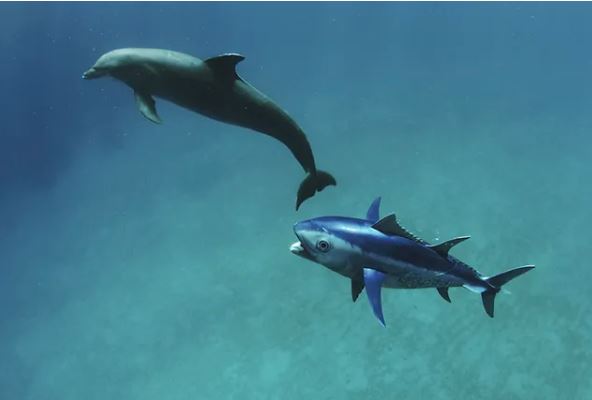

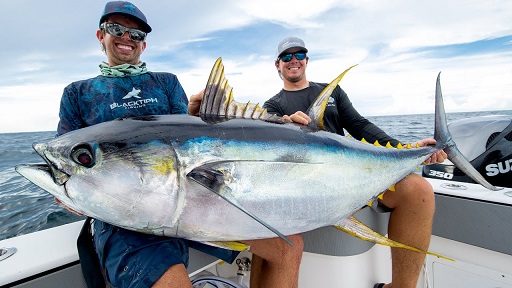
 Shimano Trinidad Reels
Shimano Trinidad Reels Fishing Reels
Fishing Reels Braided Fishing Line
Braided Fishing Line Cedar Plugs Tuna Fishing Lures
Cedar Plugs Tuna Fishing Lures Blue Fly Fish Saltwater Trolling Fishing Lures
Blue Fly Fish Saltwater Trolling Fishing Lures Saltwater Trolling Lure for Tuna
Saltwater Trolling Lure for Tuna Stainless Steel Fishing Leaders
Stainless Steel Fishing Leaders Fishing Rod Holder
Fishing Rod Holder Lures Bait Rig Or Hooks
Lures Bait Rig Or Hooks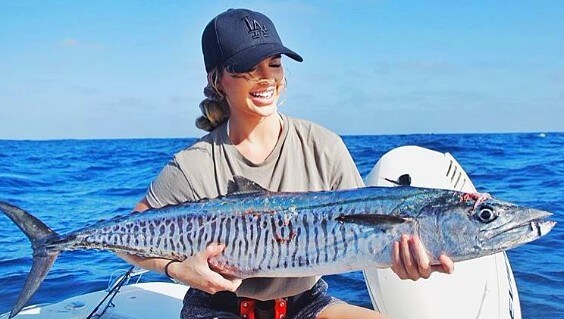
 Penn Tuna Fishing Rod & Reel Combo
Penn Tuna Fishing Rod & Reel Combo Fishing Pliers and Knife Combo
Fishing Pliers and Knife Combo View Best Tuna Fishing Lures
View Best Tuna Fishing Lures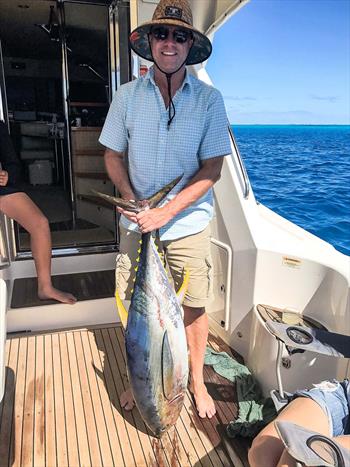
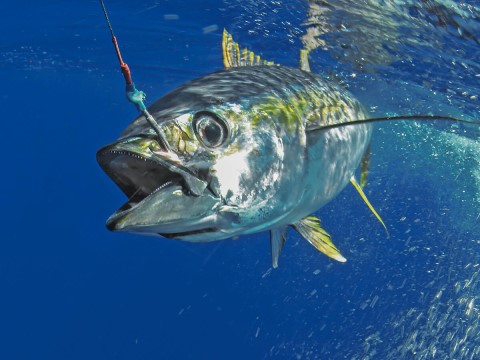
 Chum Bag
Chum Bag  Fishing Bait Bag
Fishing Bait Bag 3pcs Bait Bag Chum Bucket
3pcs Bait Bag Chum Bucket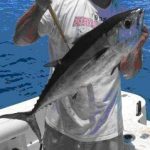
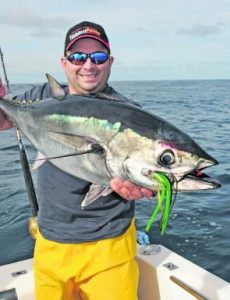
 Rigged Trolling Flexi Spreader Bar Topwater
Rigged Trolling Flexi Spreader Bar Topwater 36″ Skipjack Hybrid UV 8″ Blue & Pink Mackerel Baits
36″ Skipjack Hybrid UV 8″ Blue & Pink Mackerel Baits Mini Spreader Bar
Mini Spreader Bar